Overview
Choosing the right pocket knife enhances daily tasks and activities. Consider key features like blade type, materials, size, and locking mechanisms based on your lifestyle—whether you're an outdoor enthusiast, DIY aficionado, or urban commuter. Regular maintenance is essential for longevity, including cleaning, sharpening, and proper storage. A well-chosen pocket knife can blend utility with personal style.
Frequently Asked Questions
1. What is a pocket knife?
2. What features should I consider when choosing a pocket knife?
3. What types of blade are available for pocket knives?
4. How do materials affect pocket knives?
5. How can I maintain my pocket knife?
Choosing the right pocket knife can enhance your everyday experiences, whether you enjoy outdoor adventures, DIY projects, or simply need a reliable tool for daily tasks. With so many options available, narrowing down the best pocket knife for your lifestyle can feel overwhelming. This guide will walk you through crucial considerations when selecting the right pocket knife, with particular emphasis on the advantages of handmade knives.
Understanding the Basics of Pocket Knives
Before diving deeper into the selection process, it’s essential to understand what pocket knives are and the basic features they offer:
What is a Pocket Knife?
A pocket knife is a small, versatile folding knife that fits conveniently in your pocket. Its portability makes it an ideal choice for everyday carry. With a spectrum of designs, blade types, and materials, the right pocket knife can vastly improve convenience and functionality in your daily life.
Key Features of Pocket Knives
- Blade Type: Different knives come with varying blade types, each serving distinct purposes.
- Blade Length: Length impacts usability; longer blades can perform more tasks but may be less portable.
- Materials: Materials affect durability, weight, and sharpness. Look for quality steel and sturdy handles.
- Locking Mechanism: A reliable locking mechanism is crucial for safe use.
- Design: Pocket knives come in various shapes and styles, so personal preference plays a significant role.
Assessing Your Needs
The first step in selecting the right pocket knife is to evaluate your particular needs. The ideal knife will vary based on your lifestyle, activities, and preferences.
Outdoor Enthusiast
If you frequently engage in hiking, camping, or fishing, look for a robust pocket knife that can handle tough tasks. Features such as a sturdy blade, corrosion-resistant materials, and a comfortable grip are vital for those outdoor adventures. A foldable option may offer portability without compromising utility.
Diy Aficionado
For those who love DIY projects, having a reliable pocket knife within reach is crucial. If you're cutting through materials or assembling items, a multi-tool might be beneficial. Modern handmade knives often come with additional features specifically designed for versatility, perfect for both skilled craftsmen and weekend warriors.
Urban Commuter
If your lifestyle revolves around city living, a compact and lightweight pocket knife can serve you well. You might want one that conforms to local laws and regulations. Opt for one with a sleek design that fits neatly in your pocket without drawing attention or being cumbersome.
Considering Blade Types
Now, let’s delve deeper into blade types, as they significantly affect your knife’s functionality and versatility.
Straight Blade
A straight blade features a continuous cutting edge making it ideal for slicing. It is particularly effective for tasks requiring precision. Popular among chefs and foodies, a straight blade pocket knife can be a valuable tool in your culinary arsenal.
Serrated Blade
The serrated blade is designed for cutting through tougher materials, such as rope or thicker fabrics. If you often find yourself needing to slice through challenging textiles, this type might be your best ally. The jagged edges can grip surfaces better, enabling you to apply more force.
Combination Blade
Blending features of both straight and serrated blades, combination blades are incredibly versatile. They’re particularly useful for those who encounter diverse cutting tasks. Having a pocket knife equipped with a combination blade is beneficial for a variety of situations, making it a favorite among all-rounders.
Materials Matter
The materials used to construct pocket knives have a direct impact on their performance, durability, and aesthetics. Understanding what materials to look for can significantly enhance your experience.
Blade Materials
Quality blade materials ensure longevity and effective functionality. Here are some commonly used materials in handmade knives:
- Stainless Steel: Known for its resistance to corrosion, stainless steel is a popular choice for pocket knives.
- Carbon Steel: Offers superior edge retention but may require more maintenance to prevent rust.
- Damascus Steel: Renowned for both beauty and sharpness, it’s ideal for those with an appreciation for craftsmanship.
Handle Materials
Just as important as blade materials, handle materials influence comfort and grip. Common choices include:
- Wood: Offers a classic aesthetic but can be susceptible to moisture.
- Plastic: Lightweight and cost-effective, it’s often used in budget-friendly options.
- Metal: Durable and robust, metal handles are perfect for rough use.
Choosing the Right Size
Size is another crucial factor that directly impacts the usability of your pocket knife. Understanding the right size for your lifestyle is essential.
Compact Sizes
For everyday carry, a compact size is often preferred. Knives with a blade length of around 2.5 to 3 inches are manageable and easily concealed in your pocket. Compact knives can be perfect for light tasks and general use.
Full-Sized Knives
If you need your knife for more demanding tasks, consider opting for a full-sized knife with a blade length of 3 to 4 inches. These knives offer better leverage and cutting power, making them suitable for outdoor activities or more robust tasks.
Locking Mechanisms and Safety Features
Safety is paramount when using any knife, especially pocket knives. A reliable locking mechanism provides a measure of security, ensuring the blade remains safely in place during use.
Types of Locking Mechanisms
- Frame Lock: A sturdy locking system that holds the blade in place using part of the handle.
- Liner Lock: A lever within the handle that locks the blade open, easy to disengage.
- Back Lock: A traditional locking mechanism that utilizes a latch at the back of the knife.
- Button Lock: Provides a convenient way to release the lock with a button press.
Each locking mechanism has its advantages, and the choice may depend on personal preference. Ensure whichever knife you choose has a lock you feel comfortable operating.
The Aesthetic Factor
It's important not to underestimate the aesthetic elements when choosing a pocket knife. The look and feel can significantly enhance your experience.
Design and Finish
Some people prefer sleek, minimalist designs, while others enjoy more intricate patterns. When it comes to handmade knives, aesthetics often play a significant role in the overall appeal. Unique designs can make for a beautiful accessory, showcasing personal style while being practical.
Customizations
Many manufacturers offer customization options for pocket knives, allowing you to tailor your knife to your preferences. From handle colors to blade engraving, this personal touch can make your knife feel unique and truly yours.
Maintaining Your Pocket Knife
Once you've selected your ideal pocket knife, ensuring its longevity through regular maintenance is key. Here are some tips to help keep your knife in prime condition:
Regular Cleaning
After using your pocket knife, especially in outdoor settings, clean it to remove dirt, debris, and moisture. A soft cloth and mild soap are often sufficient for regular cleaning, while avoiding harsh chemicals is advisable.
Sharpening the Blade
A sharp blade is safer and more effective. Regularly sharpening your pocket knife will prolong its life and ensure efficient cutting ability. Research different sharpening tools and techniques to find what works best for you.
Proper Storage
Store your pocket knife in a safe, dry place to prevent moisture damage. Many people prefer a designated pouch or sheath, which not only protects the blade but also helps keep it handy for whenever it’s needed.
Your Pocket Knife Awaits!
Choosing the right pocket knife doesn’t have to be daunting. By assessing your personal needs, understanding the different features available, and considering the quality of handmade knives, you can find a pocket knife that fits seamlessly into your lifestyle. Enjoy the process of selecting, and embrace the utility and beauty that a well-chosen pocket knife can bring to your life!


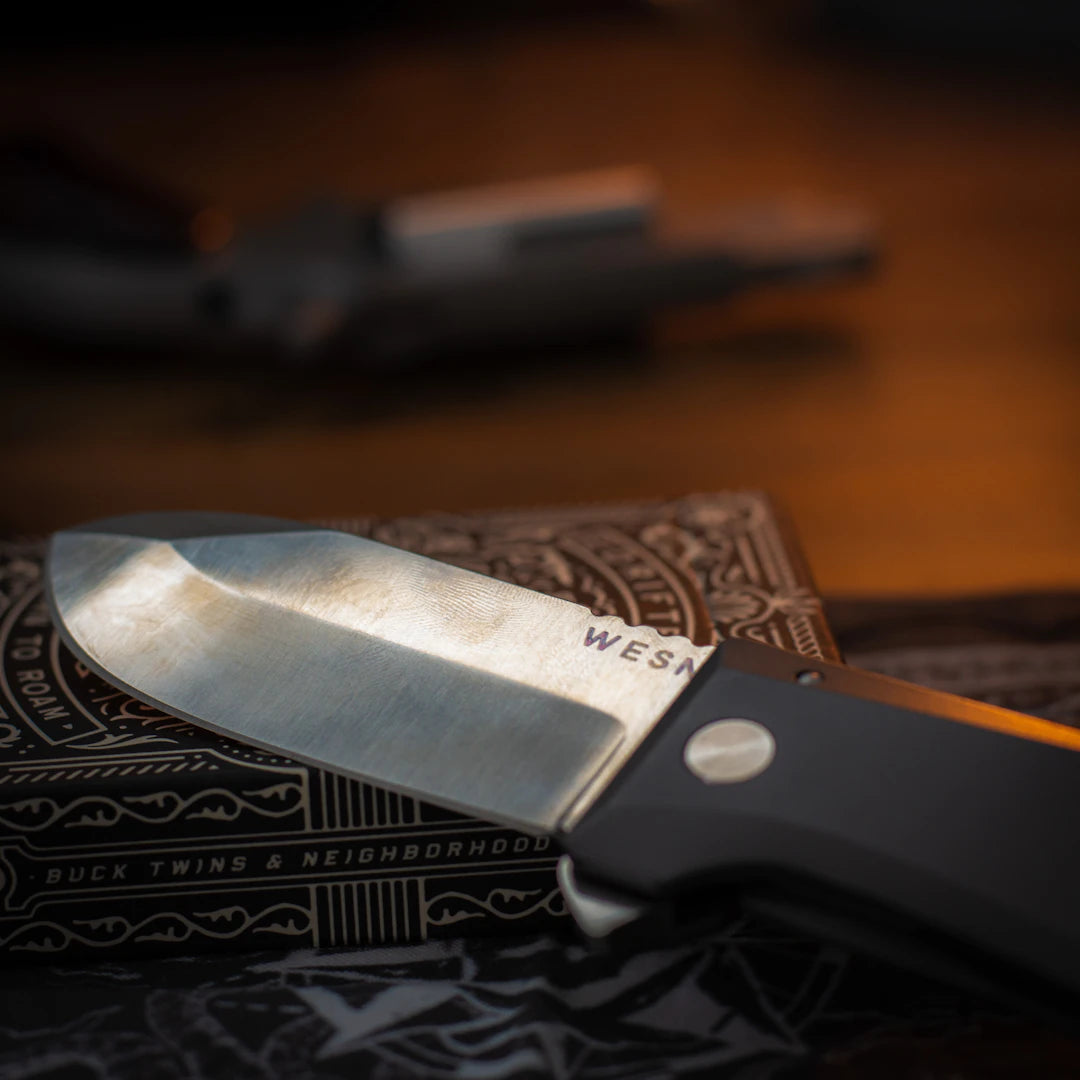



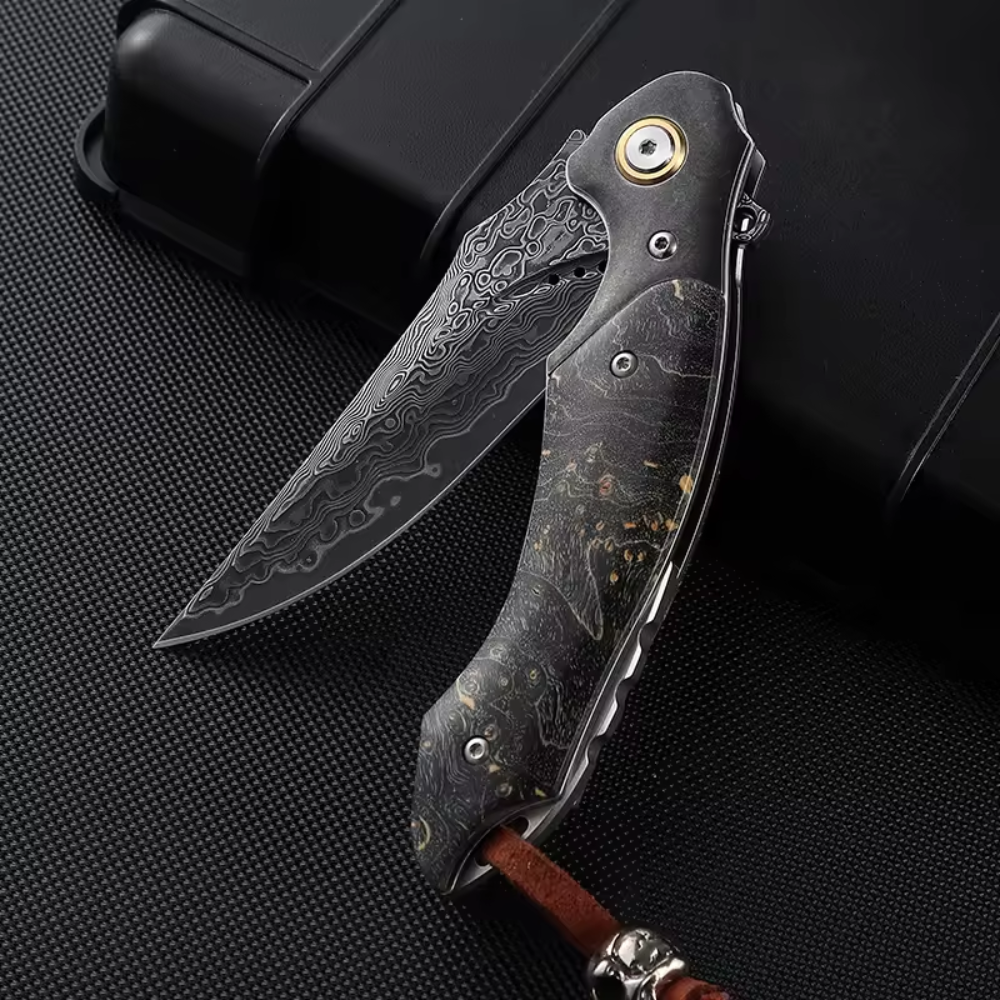
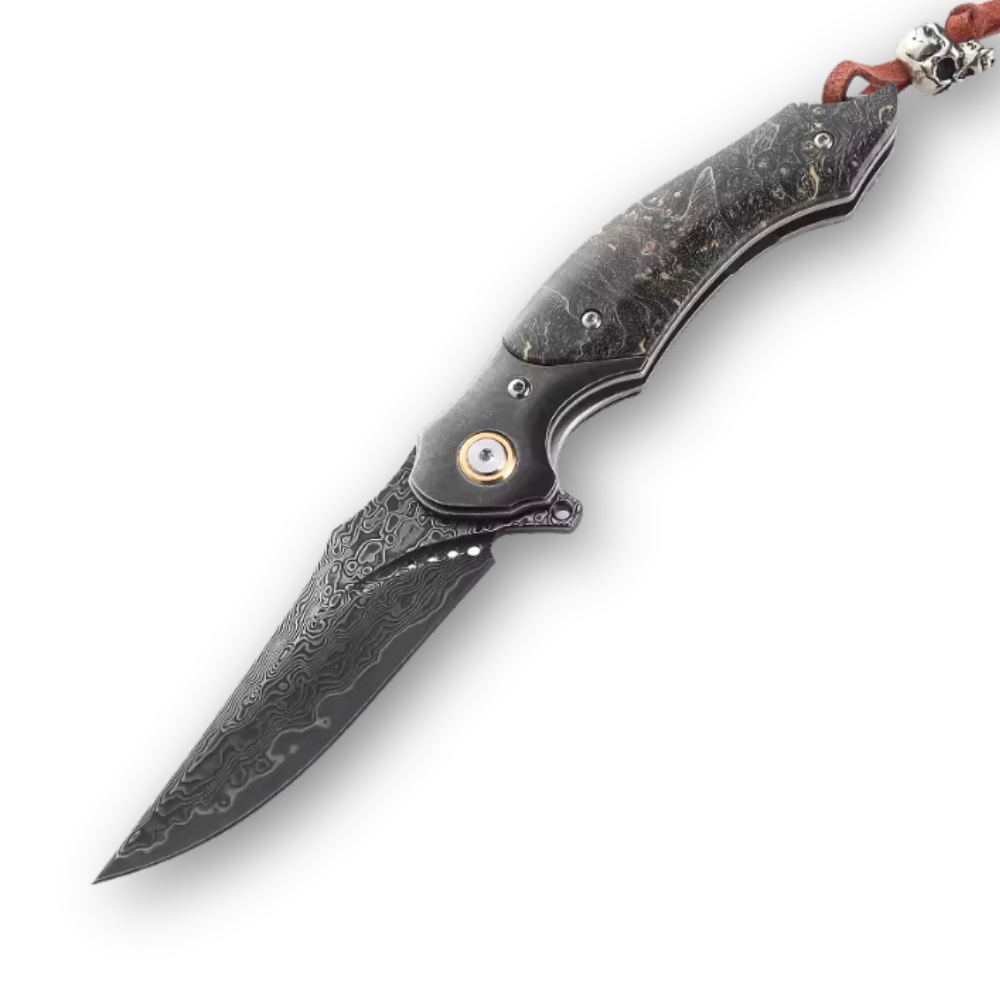
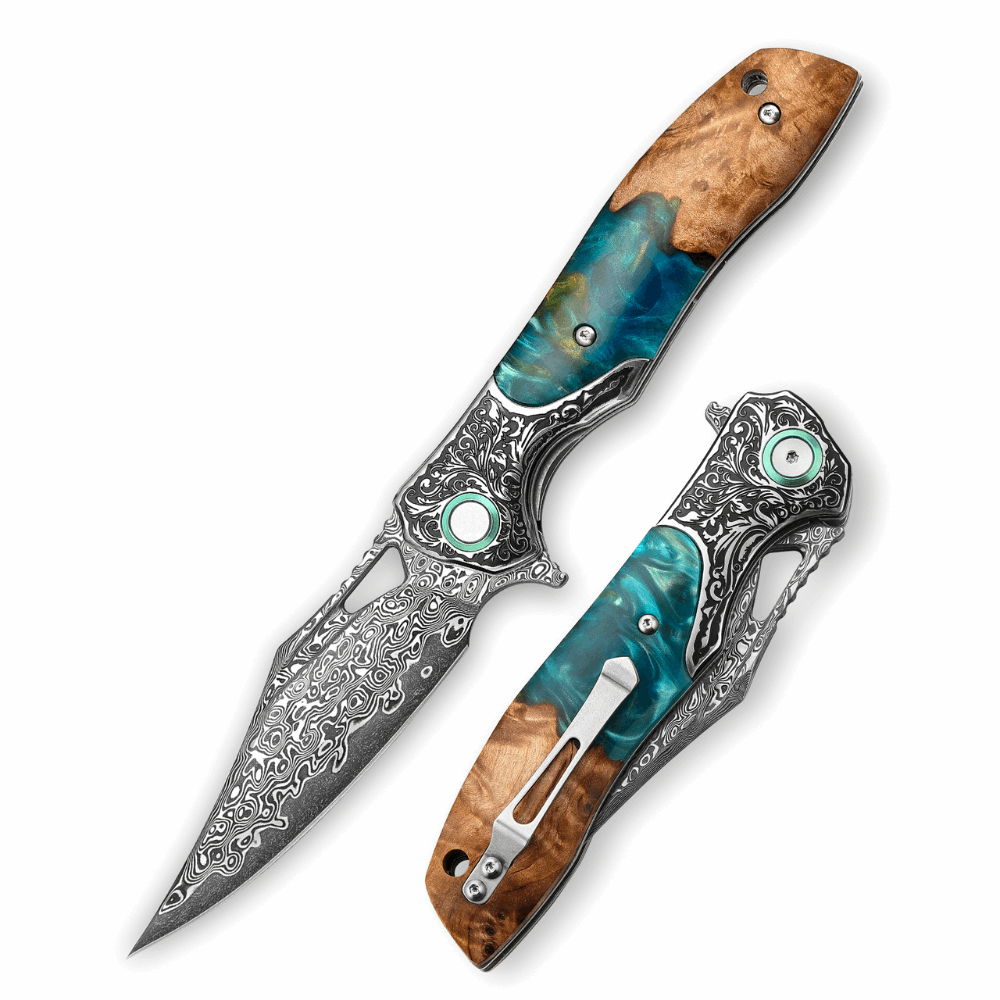
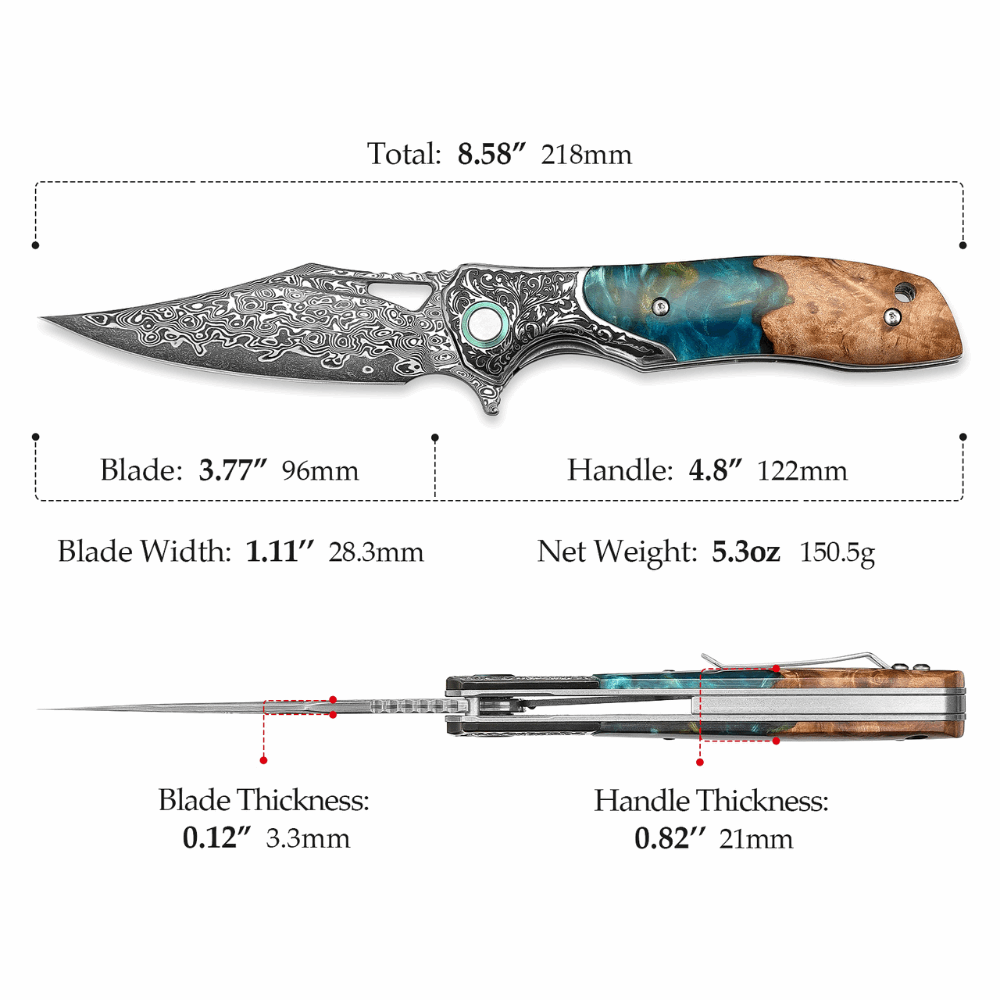
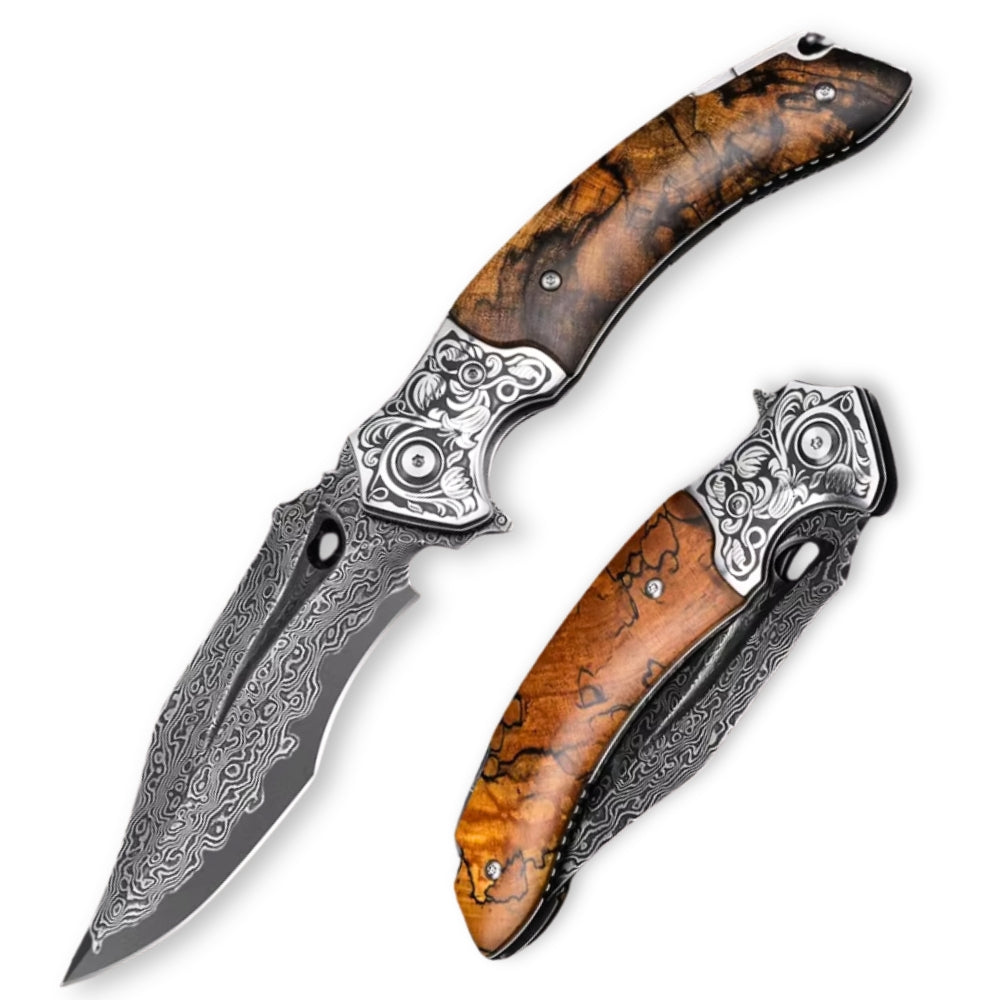
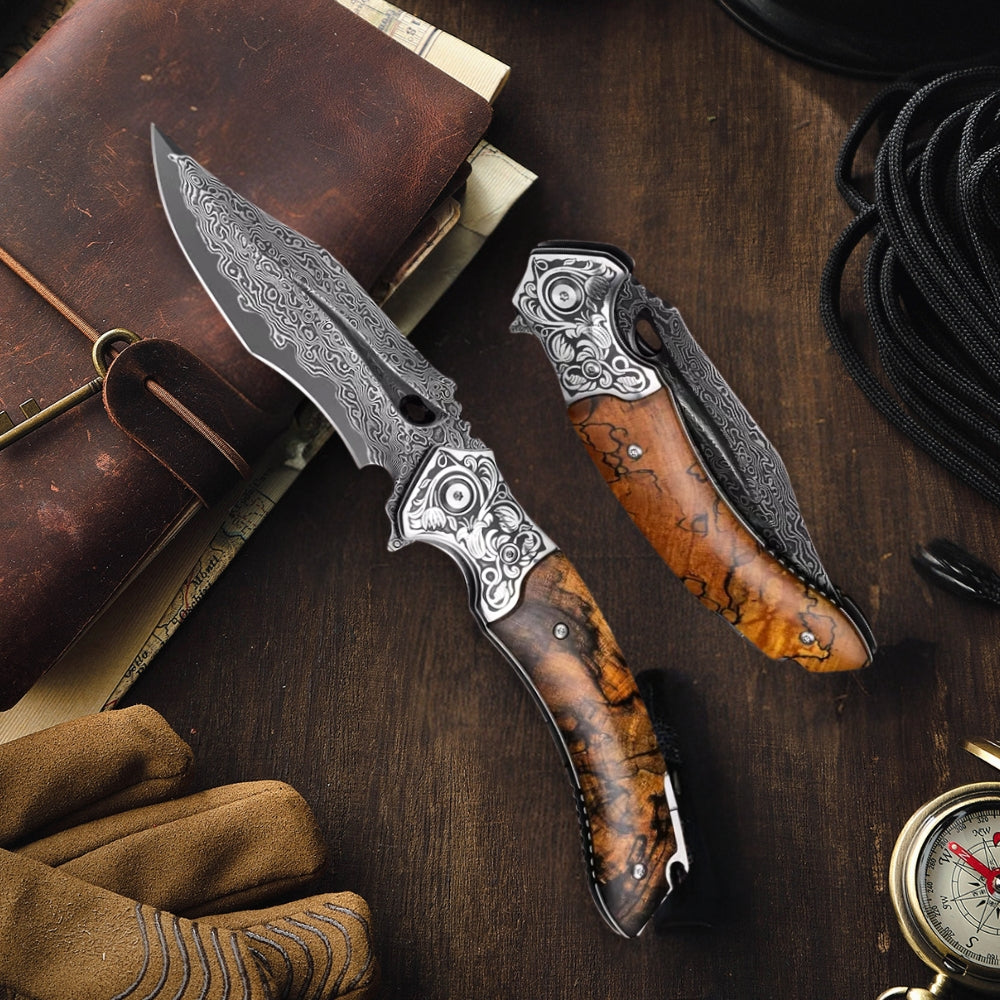
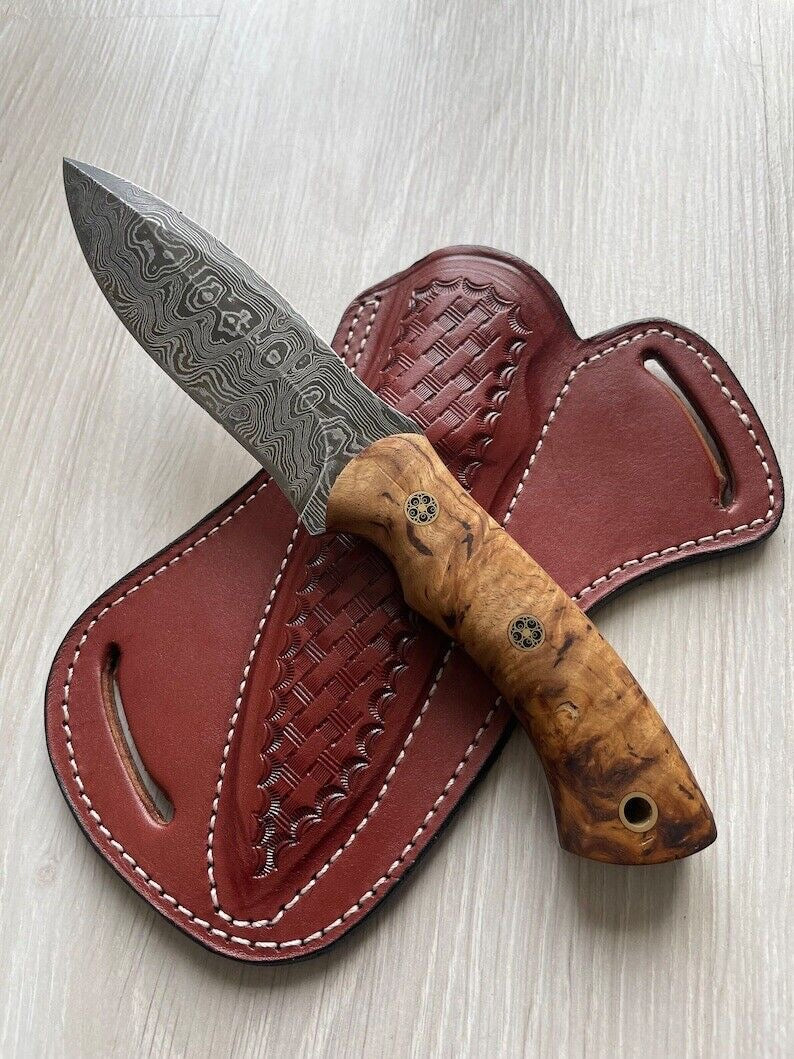
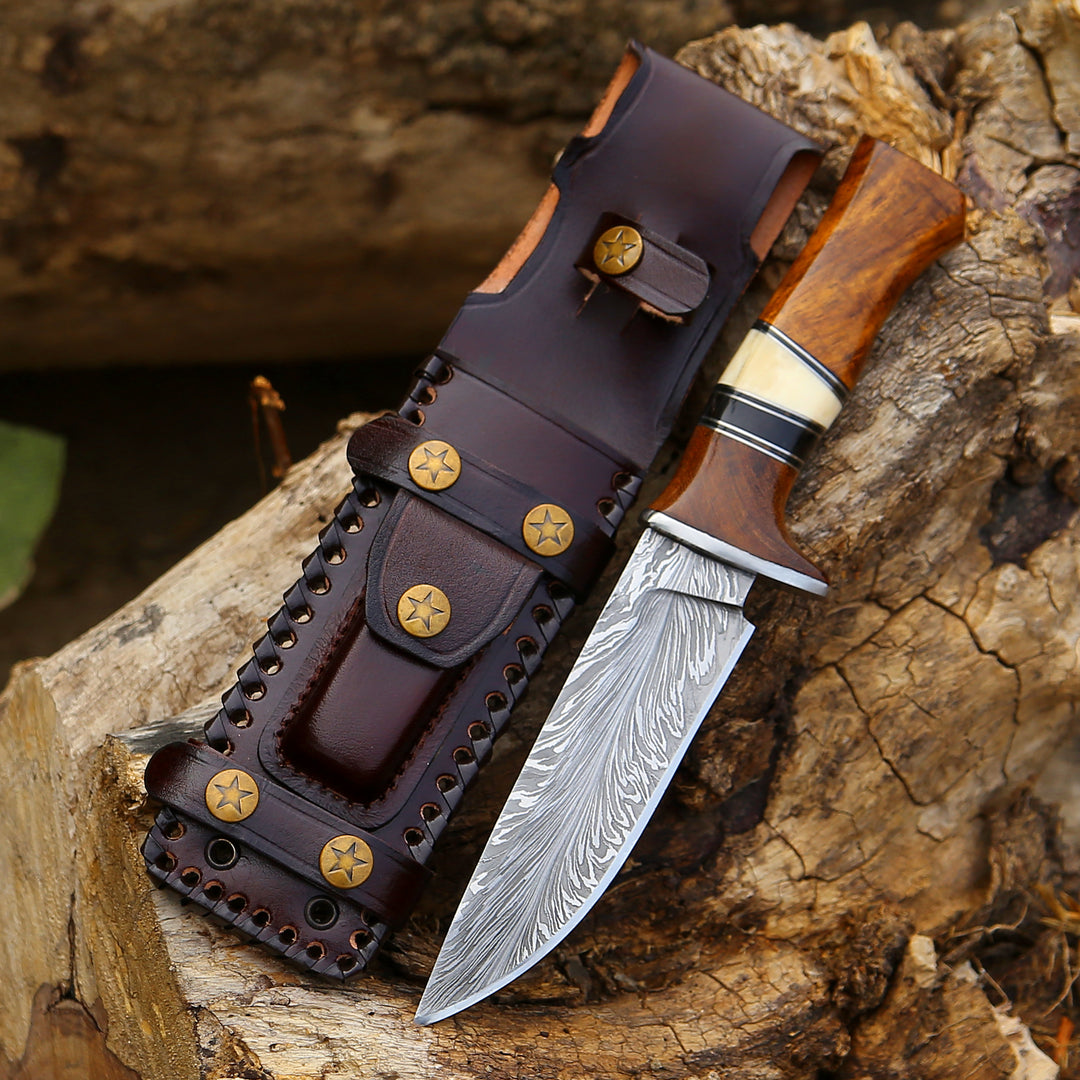
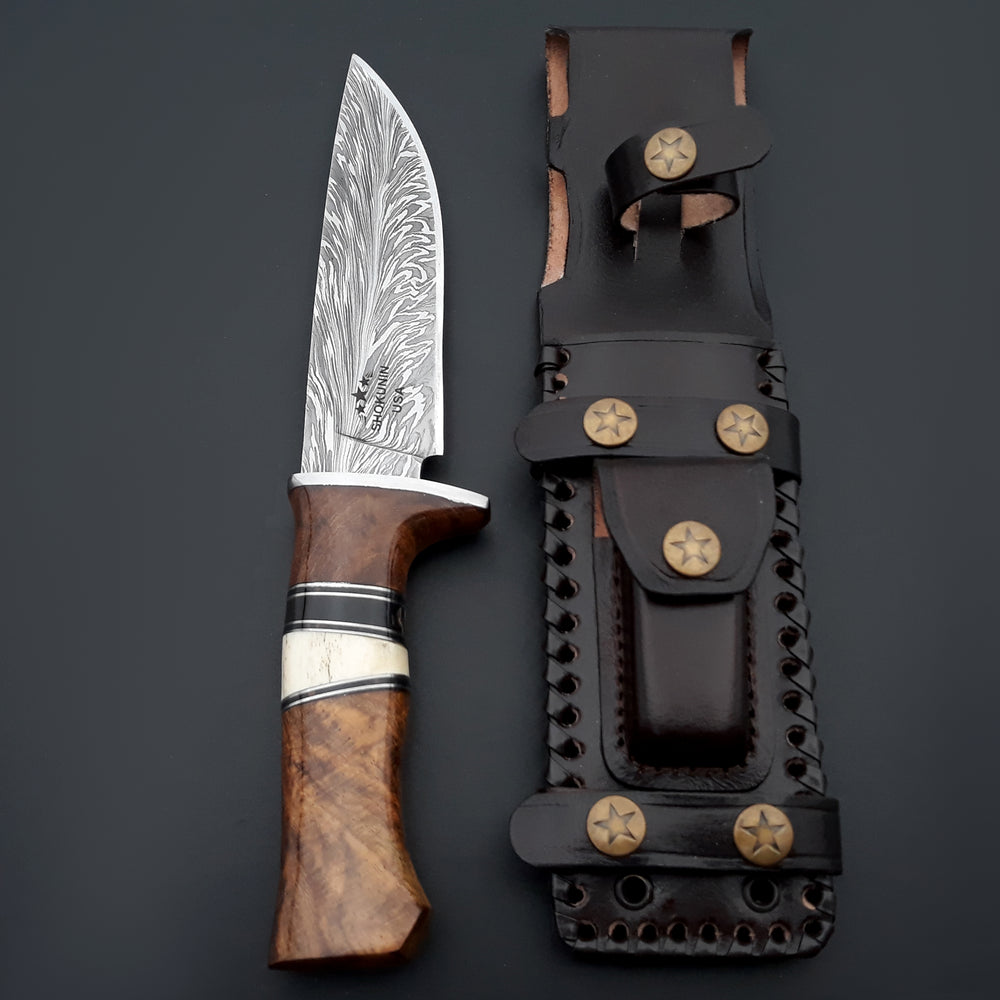
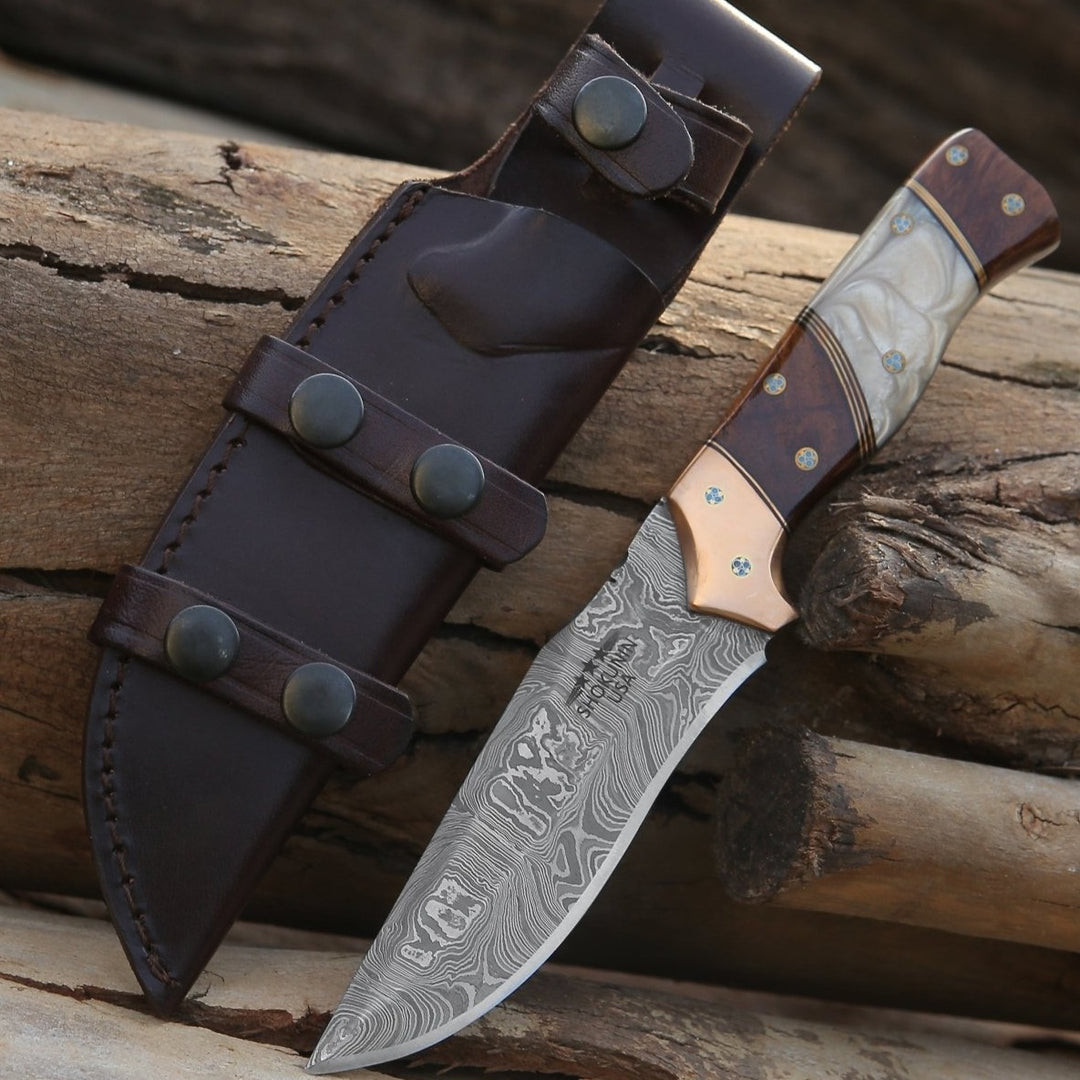
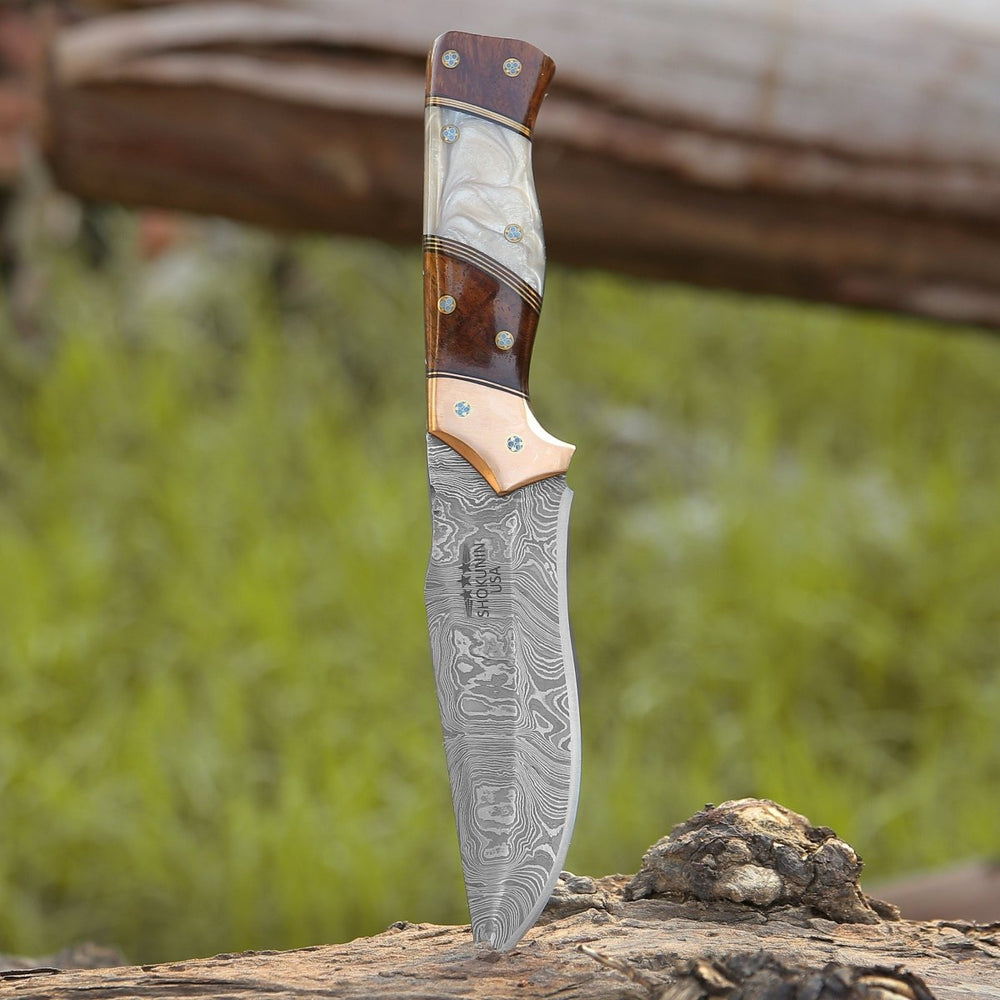
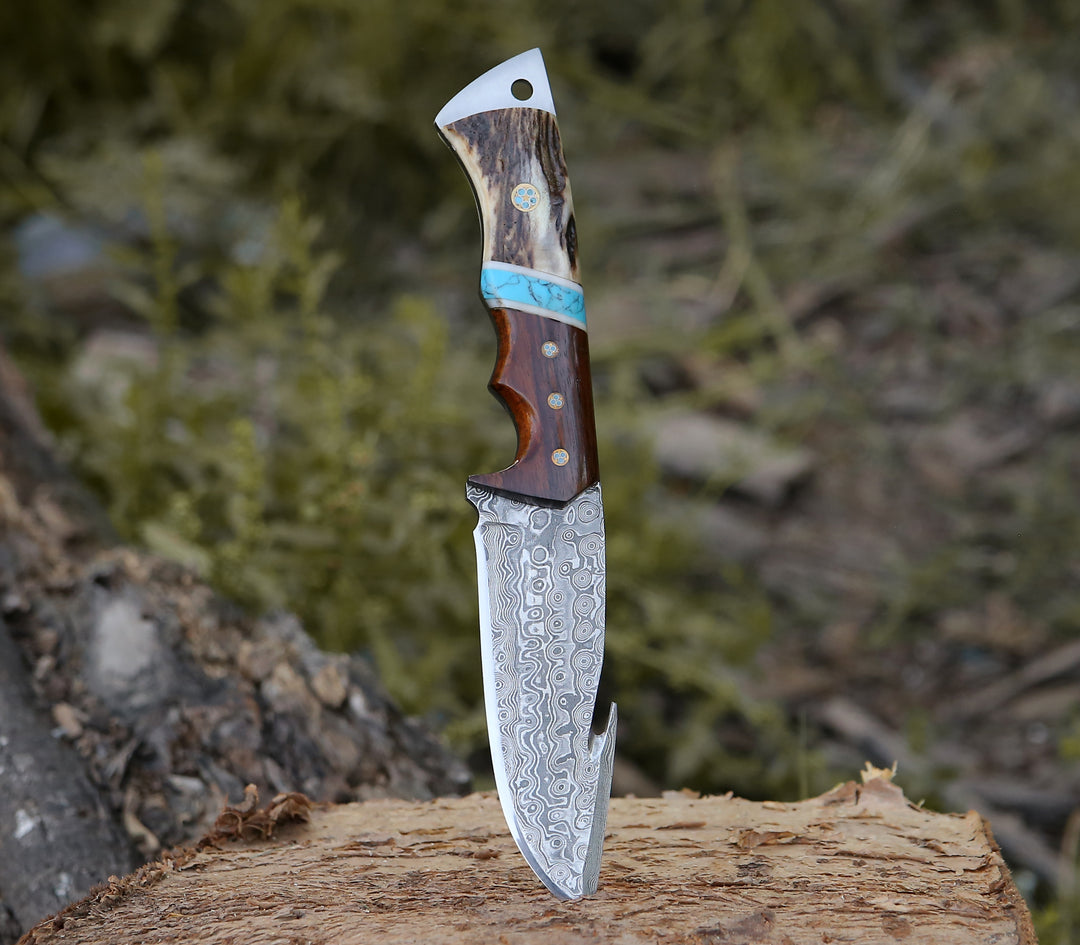
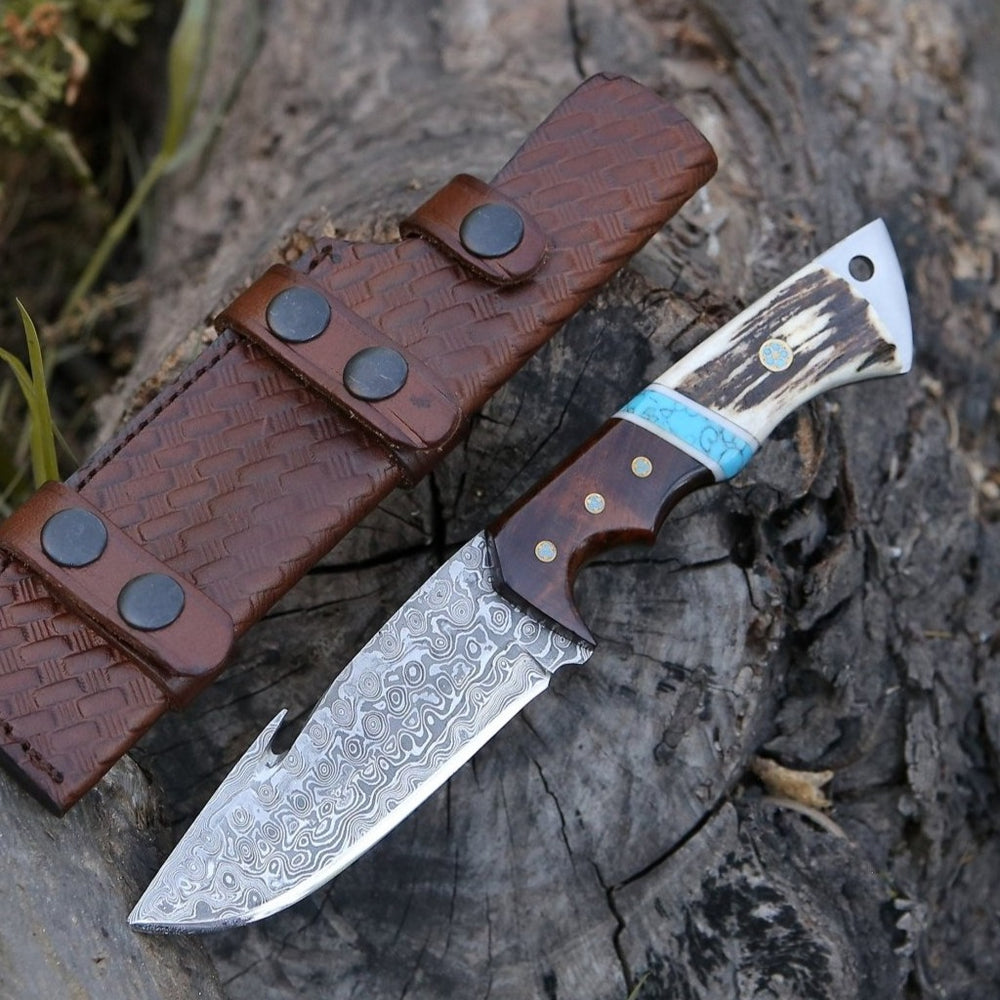
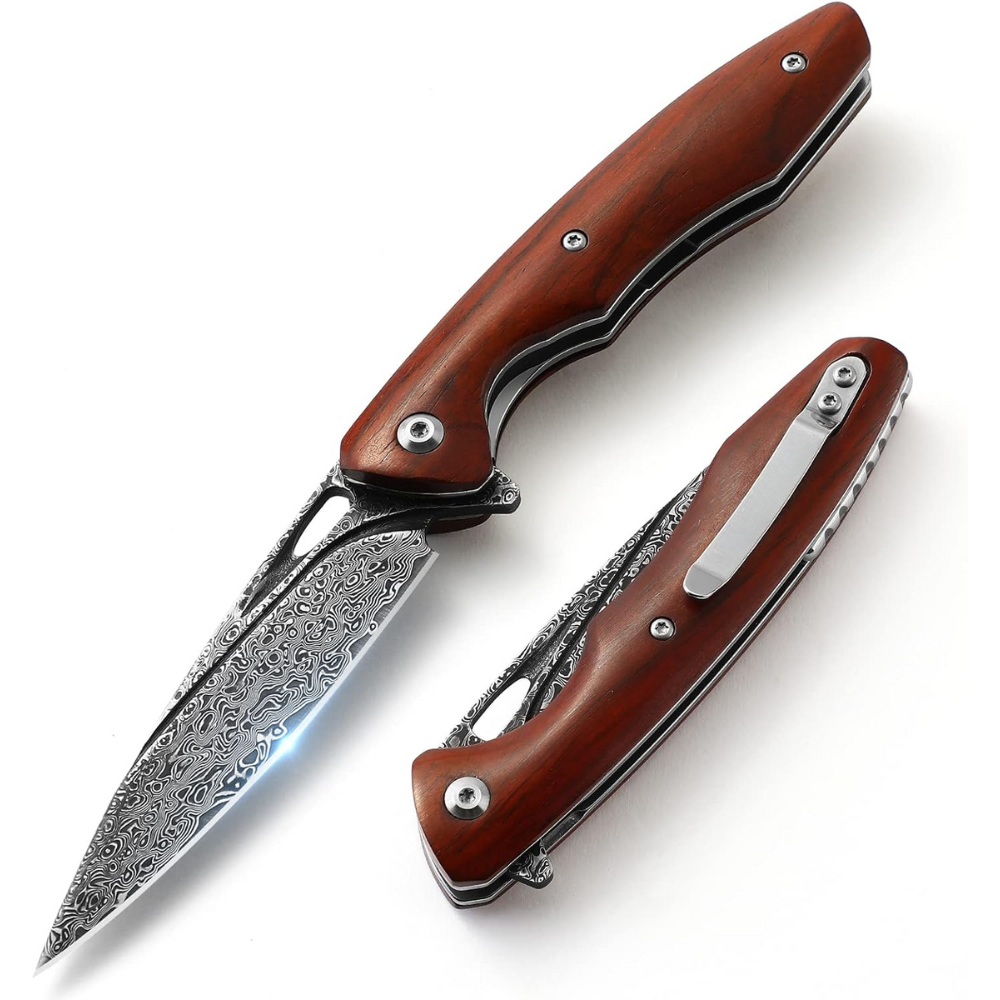
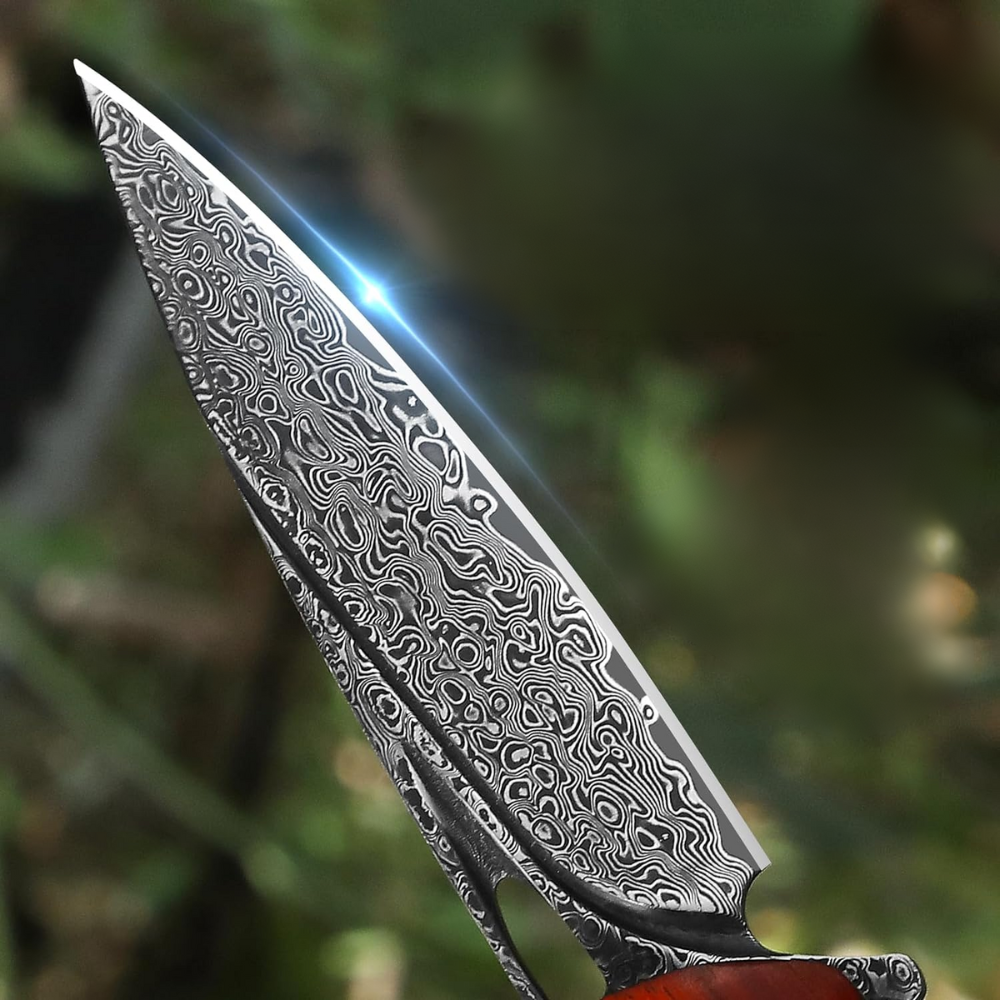
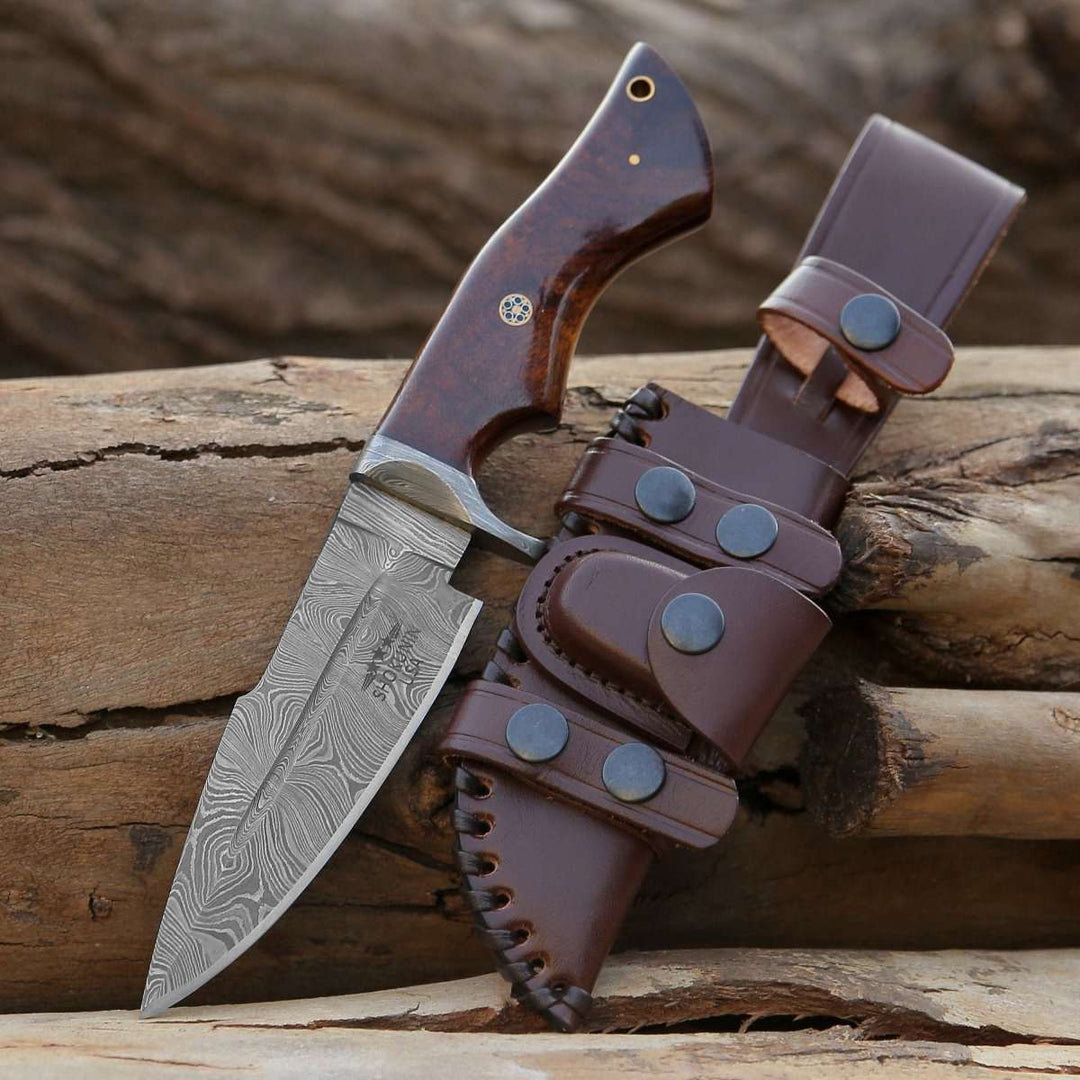
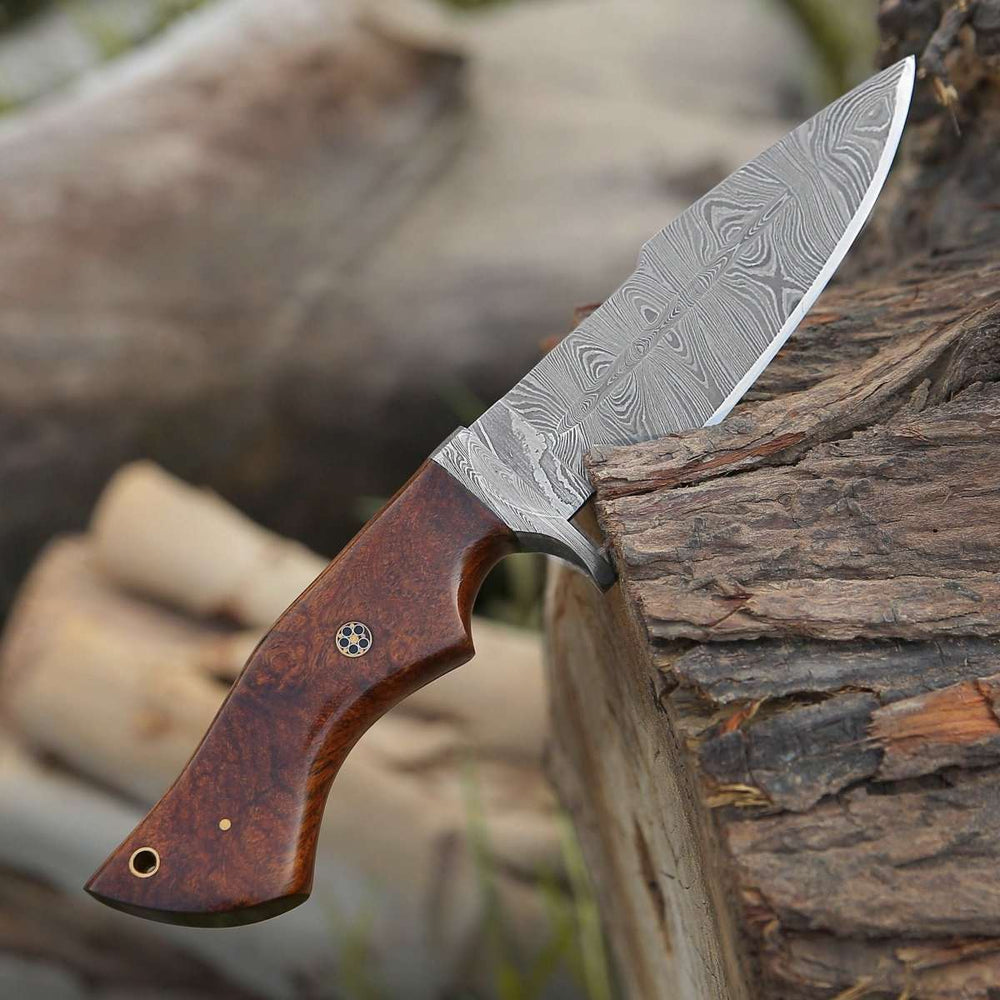
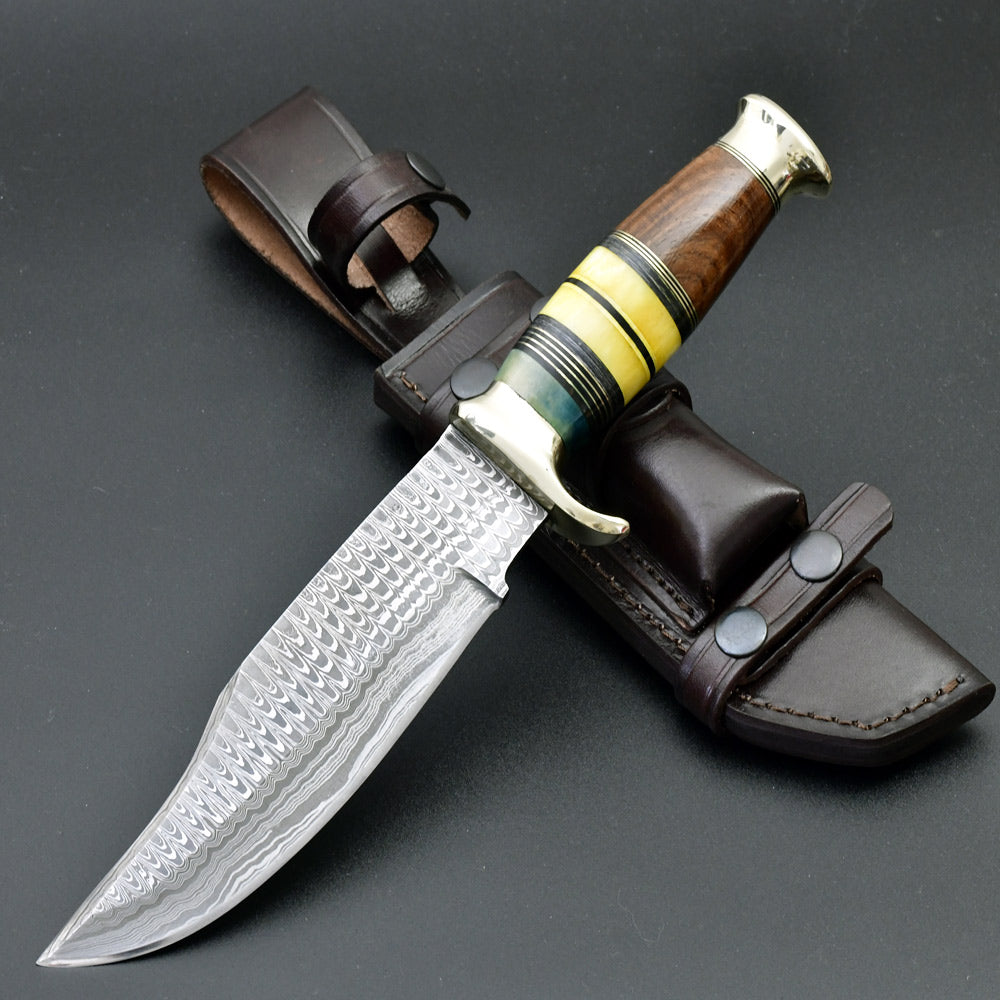
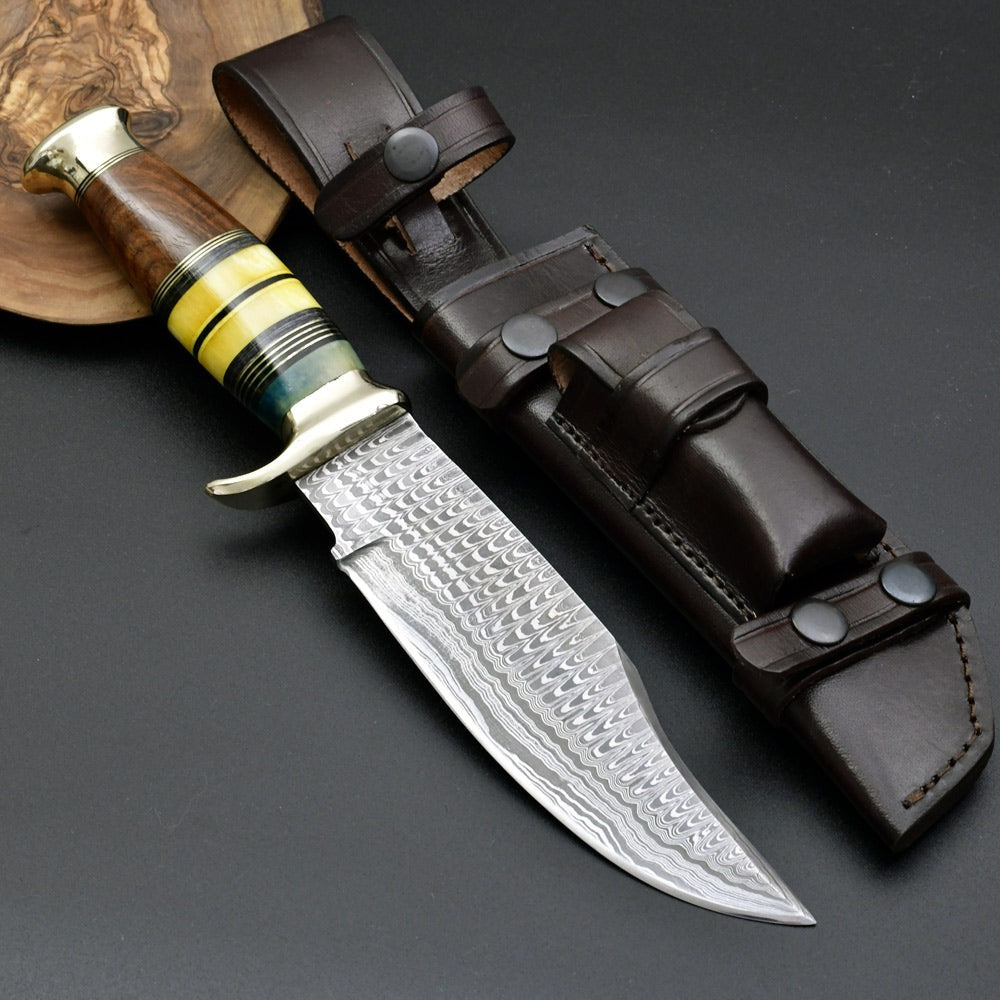
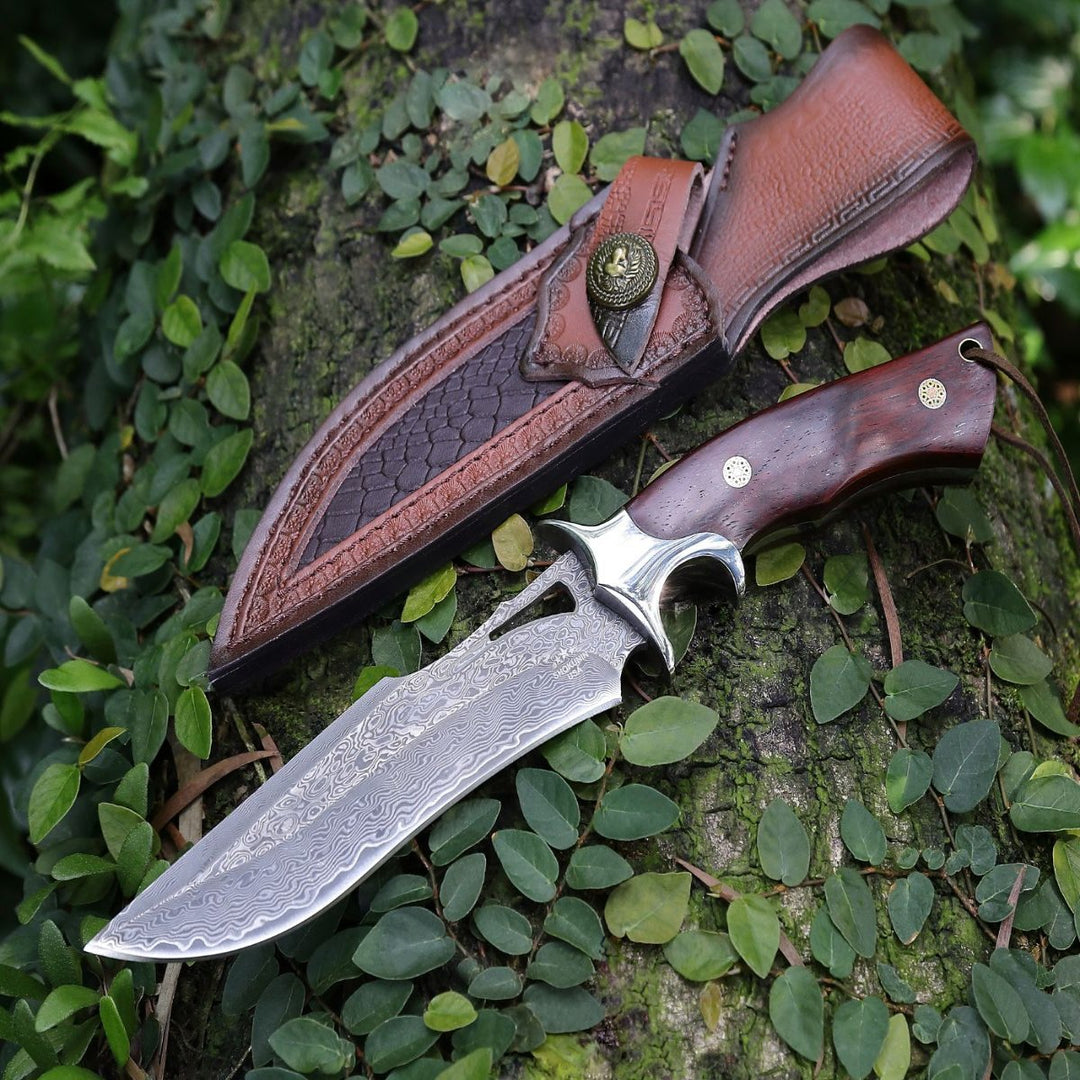
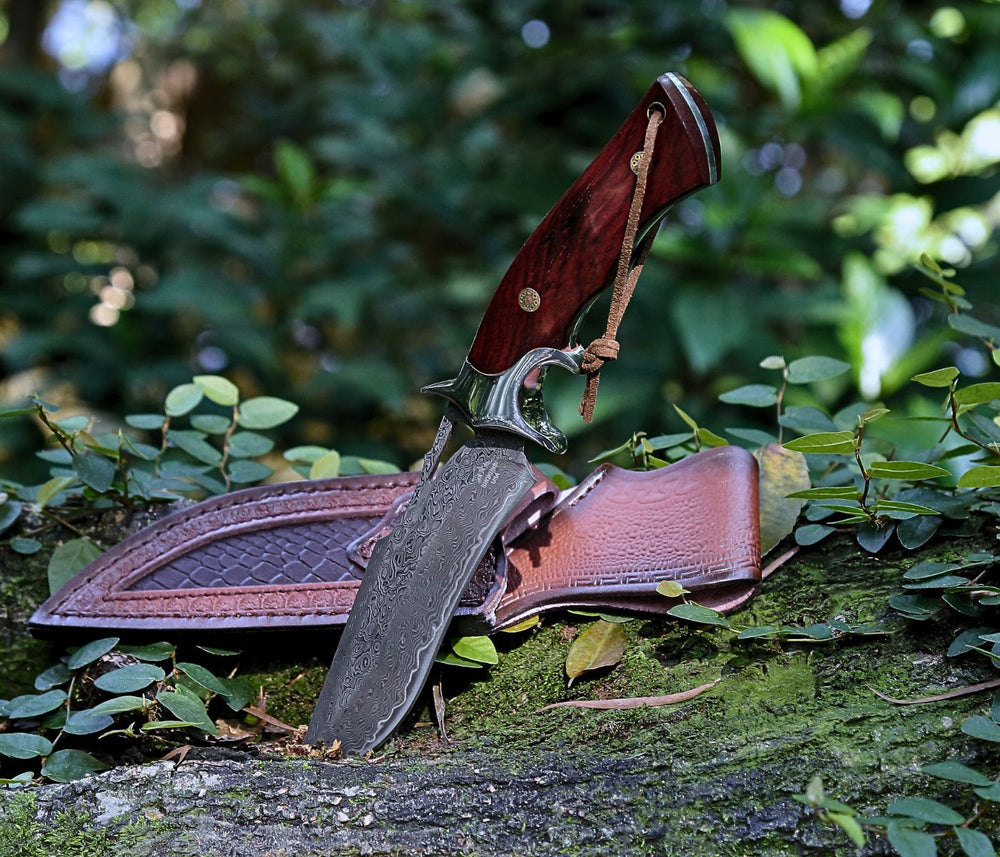
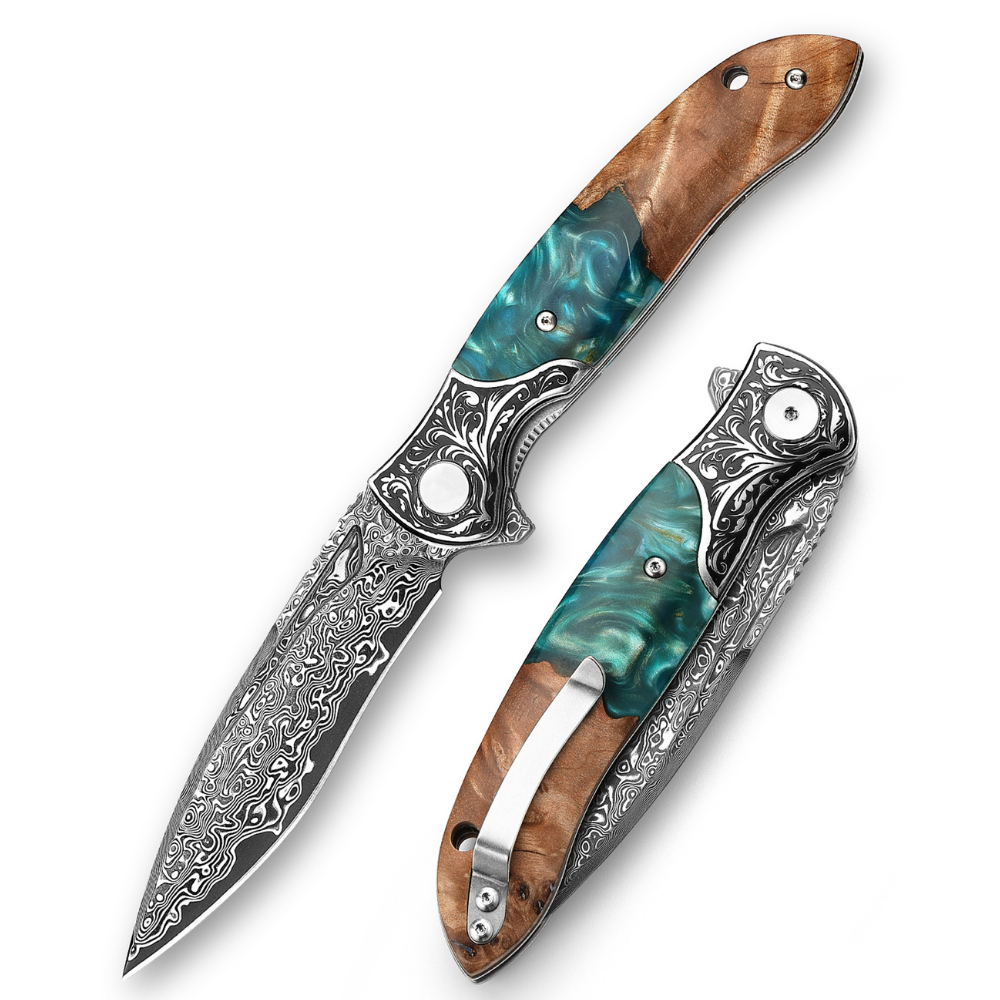
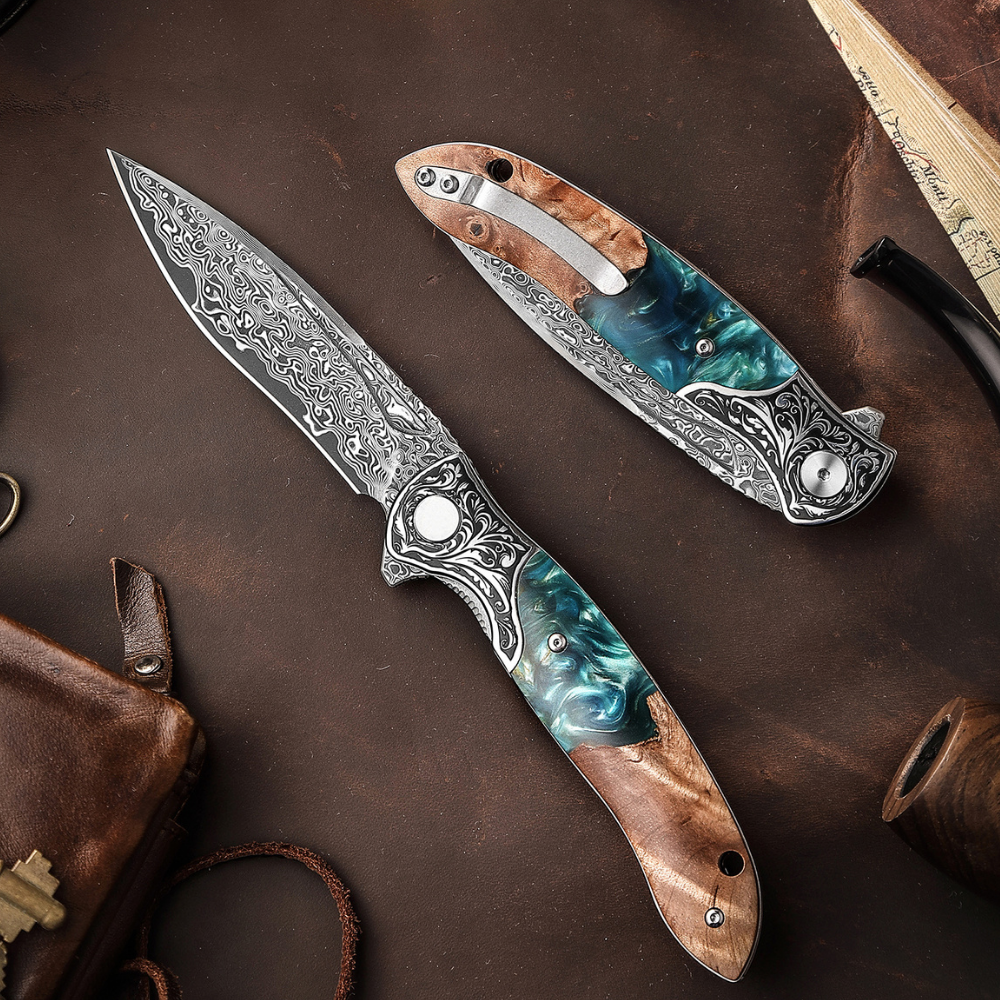
Leave a comment